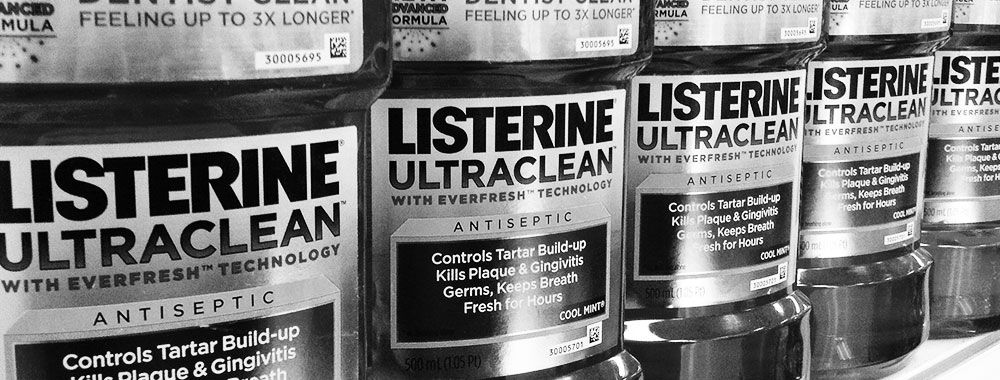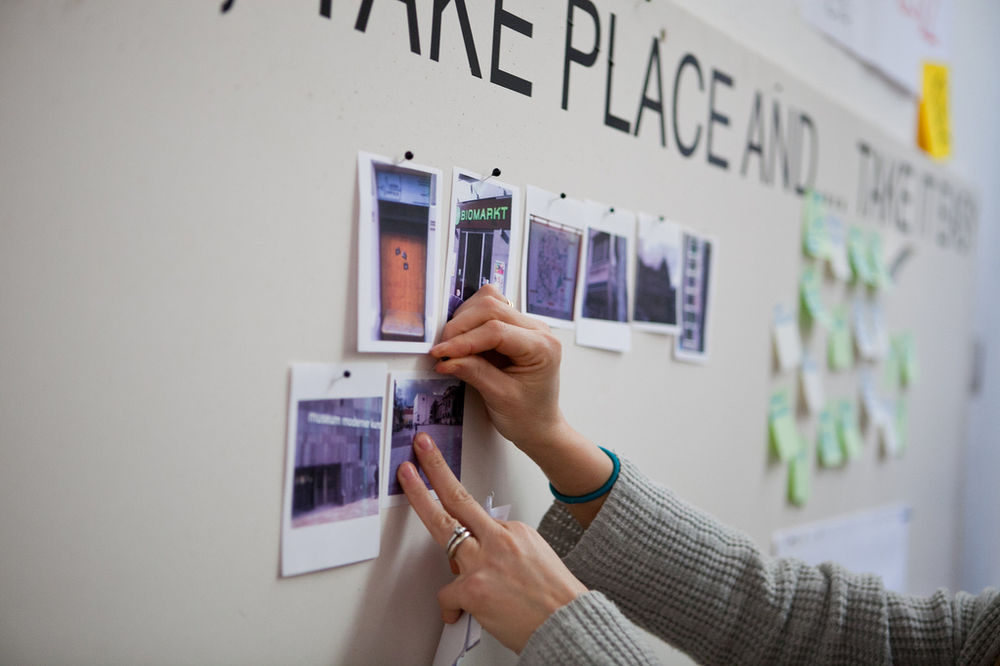When you get up in the morning do you brush your teeth? You almost certainly do. If you use a mouthwash, such as Listerine, as part of your teeth cleaning ritual then we’ve got a nasty surprise for you. Did you know that Listerine wasn’t invented as a breath freshener? It was first marketed 133 years ago for something entirely different; as a surgical antiseptic and as a cure for gonorrhea.
It was the appropriation of Listerine in the 1920s that enabled it to become a cure for bad breath. That’s good news for the shareholders in Listerine because the brand was nearly appropriated in the 1880s as a cure for sweaty feet which, perhaps unsurprisingly, didn’t actually catch on.
Appropriation is good news for designers. It enables a design to be put to different purposes from those originally intended. Sometimes, the appropriation extends the use of a product and in other cases, like in the example of Listerine, that appropriation eventually supersedes the original use of the product.
But why do users appropriate products? What are the driving forces behind this change in use?
Accidental Appropriation

Author/Copyright holder: SElefant. Copyright terms and licence: CC-SA 3.0
Sometimes appropriation occurs simply by chance. Viagra is a great example of this. It wasn’t invented to improve the sex lives of those suffering from erectile dysfunction; it was invented to treat hypertension, angina and other forms of heart disease.
Yet when Viagra entered clinical trials it soon became apparent to male testers that there was a certain side effect that may or may not have been embarrassing depending on when you took the pill. Viagra was immediately reinvented as a cure for erectile dysfunction and as the world’s best known treatment for the condition – the accidental appropriation of the drug may be one of the most successful appropriations in history.
Situatedness

Author/Copyright holder: JISC. Copyright terms and licence: CC BY-NC-ND 2.0 UK
Situatedness is the appropriation of a product based on the environmental situation faced by a user. This situation is very different from the one faced by the designers during the design phase of a product.
In the case of the Post-It note; the product only came to light thanks to appropriation to a situation by the inventor of the product. The project that he had been working on was a research project to develop an extra-strength glue. The adhesive on a Post-It note was created and found to have failed to deliver “extra-strength” in fact it was incredibly weak.
The inventor needed a bookmark, however, and reasoned that this weak glue would be excellent for keeping pages marked in his book. So he coated a piece of paper with it and began to use it as a bookmark.
When his appropriation was noticed at 3M, the company he was working for, the Post-It Note was born. It has become one of the world’s most successful products.
Dynamics
Environments change and products may be appropriated in a response to those changes. This kind of appropriation may be temporary, for example the use of a bed sheet over a window to block smoke or dust from the outside or it may be permanent (if dusty conditions were to continue forever).
Subversion
Subversion when taken literally is “the act of trying to destroy an established system” which sounds rather terrifying when it comes to appropriating products. But really in the case of subverting products it’s more about the use of the product for ways contrary to the original purpose.
It’s worth noting that these are often unpleasant moments of appropriation. GCHQ and the NSA (the British and American security agencies) were outed by Edward Snowden for trying to subvert anti-virus software so that they could insert their own viruses into people’s systems to keep tabs on them.
 Author/Copyright holder: Defence Images. Copyright terms and licence: CC BY-SA 2.0
Author/Copyright holder: Defence Images. Copyright terms and licence: CC BY-SA 2.0
Ownership
The final reason for appropriating products is ownership; by taking a product and using it for something it wasn’t originally intended for – it confers a feeling of ownership on the user of that product. The product is no longer a designer’s creation, it is the user’s own creation to reach a solution to a problem. This ownership of a product will also induce a sense of pride and self-worth in a user. Positive emotions are likely to increase the user’s loyalty to a specific product and appropriation to create ownership is something that should be encouraged wherever possible.
The Take Away
There are many reasons for appropriation but the most common are accidental, situatedness, dynamics, subversion and ownership. Designers shouldn’t fear appropriation – the Post-It Note, Viagra and Listerine’s success all come from the products being appropriated in one way or another. Appropriation in the majority of cases is a positive thing which encourages additional use of a product. However, there are some cases particularly when a product is subverted that appropriation may be detrimental to a product from the designer’s perspective.
References
Listerine and gonorrhea – Huffington Post
Understanding Viagra at Wikipedia
Edward Snowden, GCHQ, NSA and the subversion of anti-virus software
Hero Image: Author/Copyright holder: Mike Mozart. Copyright terms and licence: CC BY 2.0












